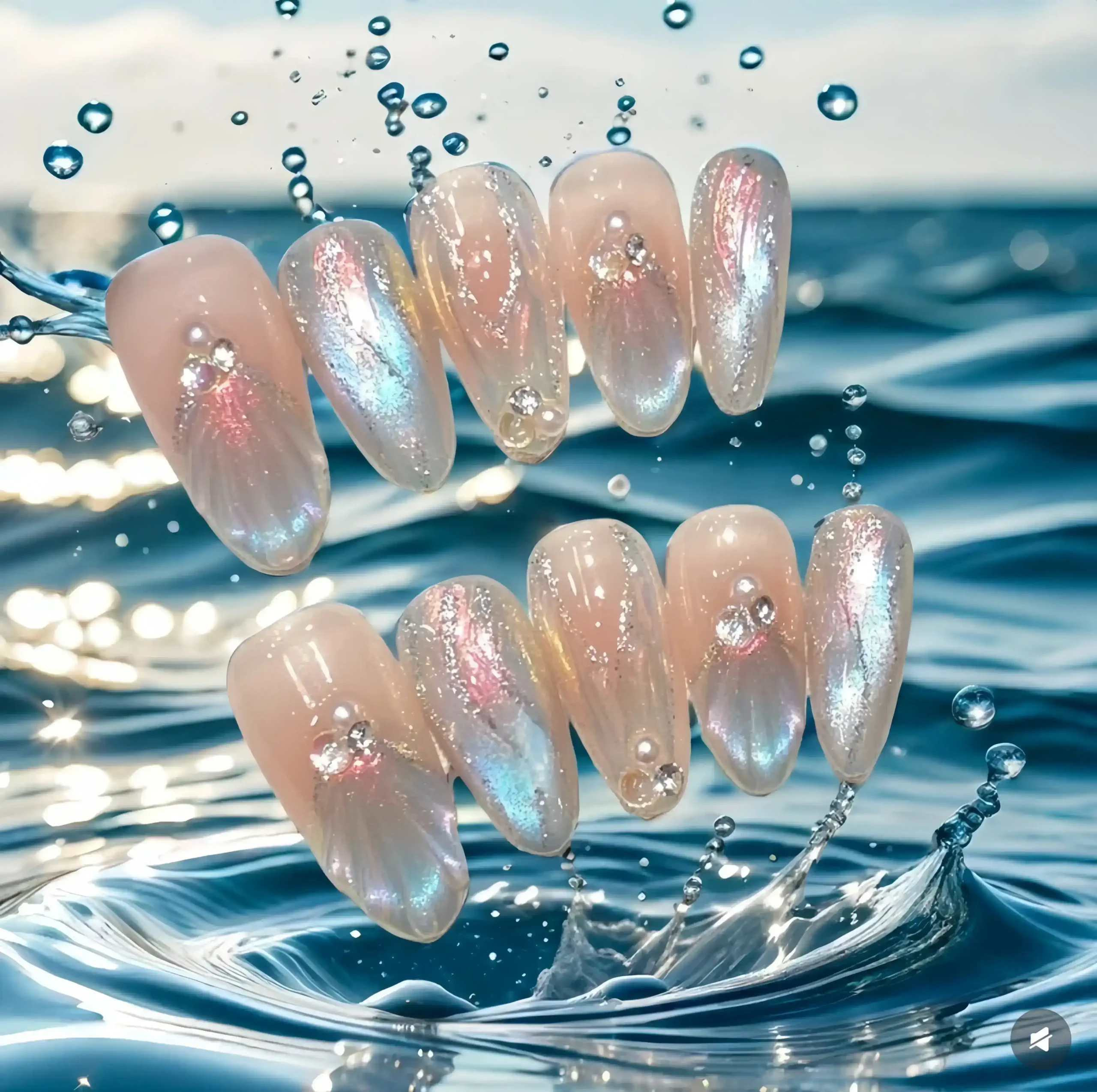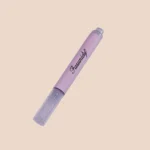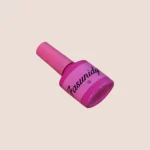Nail art has evolved dramatically across the globe, with each region showcasing its unique style and trends. Particularly in Asia, beyond just Japan and Korea, other Asian countries have also made significant strides in nail design. This article compares Asian and European nail styles, highlighting their distinctive features and trends.
1. Design Styles
Asian Nail Styles:
- Diverse and Innovative Designs: Asian nail art is known for its diverse and innovative designs. Nail technicians often incorporate various decorative elements such as rhinestones, metal pieces, and hand-painted patterns. Traditional Asian cultural elements, like Chinese motifs and Southeast Asian patterns, are frequently blended with modern nail art.
- Personalization and Creativity: Asian nail styles emphasize personalization and creativity, with designs tailored to individual preferences. During holidays and festivals, designs become more elaborate and vibrant, reflecting celebratory themes.
European Nail Styles:
- Minimalist and Modern Design: In contrast to the intricate designs of Asian nails, European nail art (particularly from France and Italy) tends to favor minimalist and modern styles. The emphasis is on clean lines, classic colors, and minimalistic decor, with the classic French manicure remaining a staple.
- Elegant and Refined: European nail art aims for elegance and sophistication. Designers often use neutral shades such as nudes, reds, and deep tones to achieve a sleek, understated look.
2. Color Choices
Asian Nail Styles:
- Bold and Varied Colors: Asian nail art features bold and varied color choices. Bright reds, vibrant pinks, and metallics are commonly used to create eye-catching effects. Designers enjoy experimenting with daring color combinations to showcase creativity and personality.
- Seasonal and Festive Variations: Color choices often shift with the seasons and holidays. For instance, Chinese New Year may see a predominance of red and gold, while summer designs might feature fresher hues and gradient effects.
European Nail Styles:
- Classic and Elegant Colors: European nail art typically opts for classic and elegant colors. Shades like nude, deep red, burgundy, and black are common, used to create a refined and timeless aesthetic.
- Seasonal Adjustments: While color choices are more conservative, European nail designs still adapt to seasonal changes. For example, deeper tones are popular in fall and winter, whereas lighter hues may be favored in spring and summer.
3. Techniques and Materials
Asian Nail Styles:
- Innovative Techniques and Materials: Asian nail art incorporates various innovative techniques and materials, such as 3D decorations, silicone, and colorful gels. These materials allow for the creation of unique three-dimensional effects and complex artistic designs.
- Intricate Craftsmanship: Attention to detail is a hallmark of Asian nail art, with many designs featuring meticulously handcrafted elements that showcase high levels of skill.
European Nail Styles:
- Blend of Tradition and Modernity: European nail art combines traditional techniques with modern innovations. While classic nail techniques are preserved, modern materials and methods, such as high-gloss gels and long-lasting polishes, are also incorporated.
- Focus on Durability: European nail art emphasizes using durable materials and techniques to ensure long-lasting results, while maintaining a polished and sophisticated appearance.
4. Cultural Influences and Trends
Asian Nail Styles:
- Cultural Integration: Asian nail art is deeply influenced by local culture and traditions. Cultural symbols and popular trends are often integrated into nail designs. For example, festive nail designs during major holidays feature symbolic patterns, such as red and gold for the Lunar New Year.
- Rapid Trend Changes: Trends in Asian nail art evolve quickly, with new designs and techniques frequently emerging. This reflects the dynamic and fast-paced nature of fashion in the region.
European Nail Styles:
- Balance of Tradition and Modern Trends: European nail art balances traditional artistry with contemporary fashion. While classic designs remain popular, modern elements are gradually incorporated to create unique styles.
- Stable Trends: Trends in European nail art tend to be more stable, with classic designs maintaining their popularity while new fashion elements are slowly introduced.
Conclusion
Asian and European nail styles each offer unique characteristics that reflect their respective cultural and aesthetic values. Asian nail art is celebrated for its intricate designs, bold colors, and innovative materials, while European nail art is known for its minimalist elegance and classic color choices. Understanding these differences can help you choose a nail style that best suits your personal taste and showcase your individuality.






